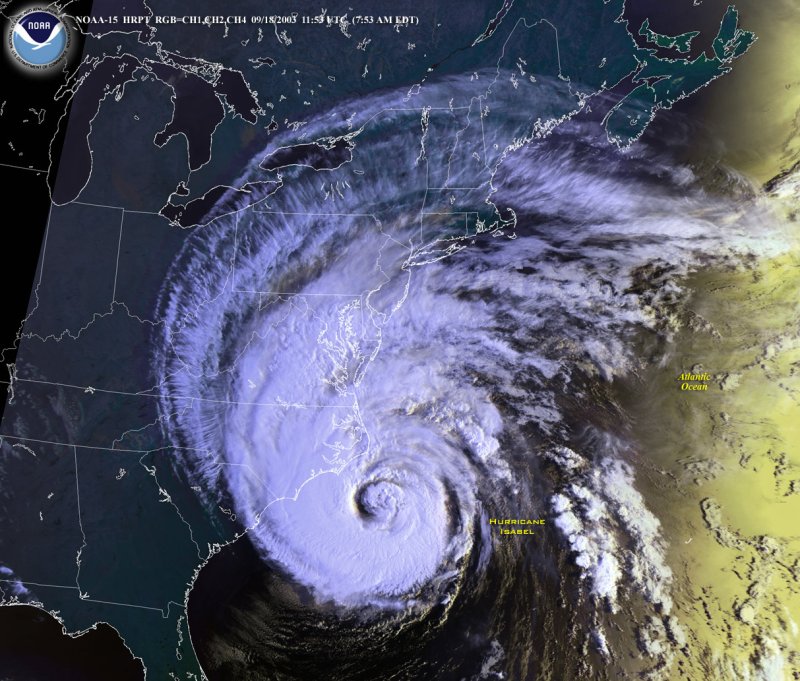HAMPTON, Va., June 1 (UPI) -- Unmanned aircraft will be used this summer to investigate hurricane formation and intensity change, U.S. space officials said.
NASA said the drones, dubbed "severe storm sentinels," will be part of the Hurricane and Severe Storm Sentinel airborne mission. HS3 will investigate the processes that underlie hurricane formation and intensity change in the Atlantic Ocean basin.















